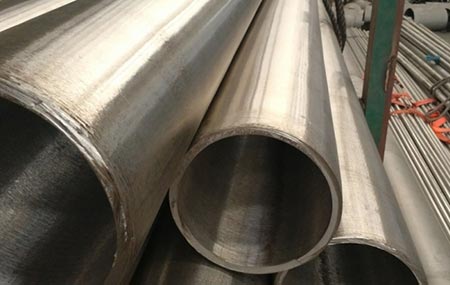How are stainless steel pipes joined?
Stainless steel pipes can be joined using several methods, depending on the application, the type of stainless steel, and the specific requirements of the project. Some common methods include:
1. Welding: Welding is a popular method for joining stainless steel pipes, especially for permanent connections. Various welding techniques such as TIG (Tungsten Inert Gas) welding, MIG (Metal Inert Gas) welding, and SMAW (Shielded Metal Arc Welding) can be used. Welded joints provide strong and durable connections.
2. Threaded Connections: For smaller diameter pipes, threaded connections can be used. This involves threading the ends of the pipes and using threaded fittings to join them together. This method is commonly used in plumbing and low-pressure applications.
3. Flanged Joints: Flanged joints involve connecting pipes by bolting together flanges at the ends of the pipes. Flanges are usually made of stainless steel or another compatible material, and gaskets are used to ensure a leak-tight seal. Flanged joints are often used in applications where frequent disassembly and reassembly are required.
4. Compression Fittings: Compression fittings are another option for joining stainless steel pipes, particularly in plumbing and hydraulic systems. These fittings use a compression ring or ferrule to seal the joint between the pipe and the fitting body.
5. Brazing: Brazing involves heating the pipes and using a filler metal with a lower melting point than the base metal to join them together. Brazing can be a suitable method for joining stainless steel pipes in certain applications where welding is not feasible or desirable.
6. Mechanical Couplings: Mechanical couplings provide a quick and easy way to join stainless steel pipes without the need for welding or threading. These couplings typically consist of two halves that are bolted together around the pipes, creating a secure connection.
The choice of joining method depends on factors such as the size and material of the pipes, the operating conditions, and the specific requirements of the project. Each method has its advantages and limitations, so it's essential to consider these factors when selecting the most appropriate joining method for a particular application.








